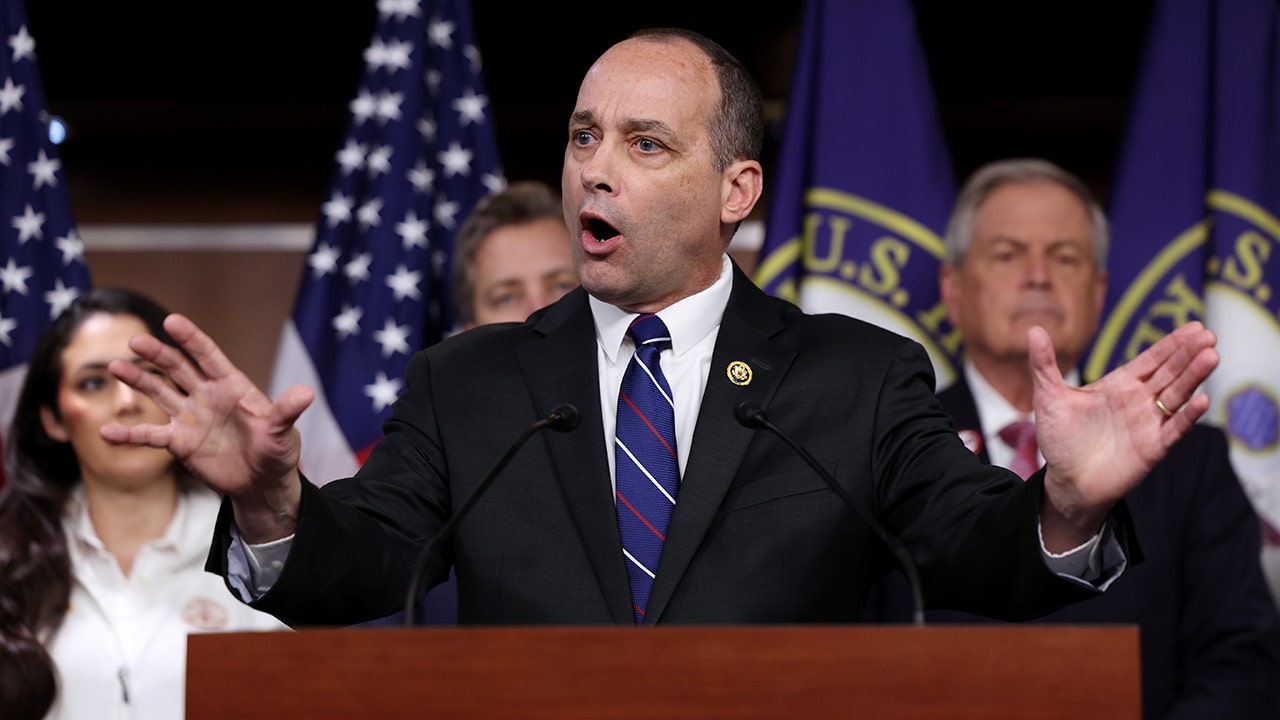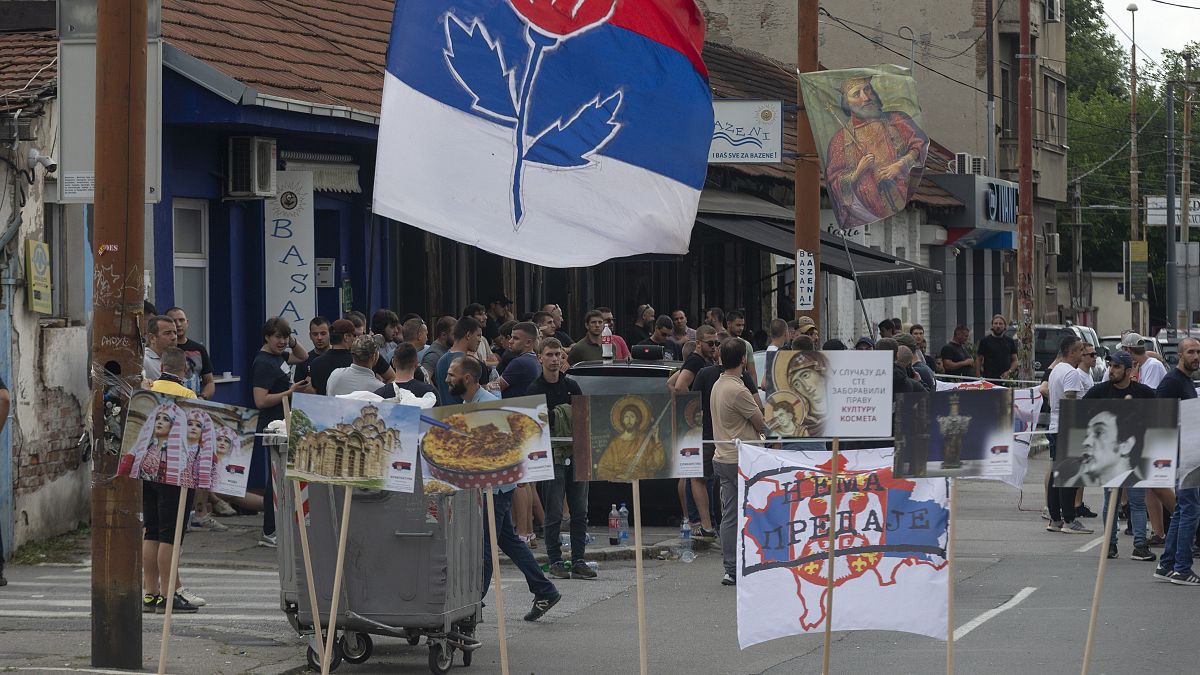Lifestyle
L.A. Affairs: I discovered my dad's secret children. It changed us forever

We all have a past — little ghosts of heartache and regret that can haunt us forever.
But for some people, the ghosts can become demons.
My father was one of those people. In his 94 years, he was married four times and had at least seven kids besides me. Three of them I grew up knowing: my half-siblings Donna, Karen and Michael, born after World War II when my father separated from the Army and came to Los Angeles with dreams of being the next Perry Como.
The other kids, he kept hidden from me at all costs.
That was because he had left them when he met my mom, his fourth wife. He married her in 1982 and had me — when he was 57 — in 1984.
I was the only child he ever raised to adulthood. Growing up, knowing little of my father’s past, I idolized him. He was a decorated veteran. An usher at the Cathedral of St. Vibiana. My grade-school football coach. Leader of the neighborhood watch.
He put the “all” in all-American.
But he was almost a little too perfect. Like most people with skeletons, my father was adept at hiding them. As I became an adult and started to make my own mistakes — as I started to understand the weight a person’s decisions can carry — I found myself longing to find a single chink in his armor; some flaw of his that would let me put my own problems into context. I didn’t want to idolize him anymore. I wanted to connect with him.
But he never let me — until our doorbell rang one summer afternoon in 2010 and forced him to.
It was a woman, about 10 years older than I was, with light brown skin. Her name was Maria. She asked if this was where Ned Manley lived. I said it was. My dad came to the door and talked to her quietly on the front lawn of our Temple City corner lot. I watched from the window. When she left, she glanced back at me for just a moment — and I knew my life had changed forever.
Maria was one of three daughters my father had during a decade-long affair in the 1970s with a Mexican immigrant in East Los Angeles. At the time, he was on his third marriage. When he met my mom at Sunday Mass in 1979, he fell in love. And then, for reasons I still don’t fully understand, he left Maria and her siblings and never looked back. He managed to hide everything — the affairs, the kids — not only from my mother and me but also from Donna, Karen and Michael.
When I confronted him, he confessed. He said Maria had spent years looking for him. She wanted a relationship now. His fear was palpable. He begged me not to tell my half-siblings. Not to tell my mother, a devoted churchgoer and faithful wife. The news would devastate her.
I was angry at him for putting me in this impossible situation. I told him I wanted no part of it. I tried to get him to come clean. I tried to tell him that it would be OK. But then, slowly, my anger began to melt. His fear began to form a strange, unshakeable bond between us. As the weeks went by, I realized — uncomfortably — that if anything, I loved him now more than ever. For the first time in my life, I saw my dad as human. As fallible.
So I kept his secret for 11 long years. He met with Maria whenever he could and emailed her every week, making up for lost time until he was on his deathbed in 2021. Just before he died, with the specter of Maria and her sisters possibly coming to his funeral, I told my family about them. My mom and half-siblings said they understood. They told me this was not my fault. They tried to welcome their new family members with open arms. But their eyes told a different story. They were hurt; shocked to find out that a man they thought they knew so well could have hidden something like this. Not to mention the hurt that Maria and her sisters still felt — a hurt that eventually led to us keeping in touch only with Christmas cards or the occasional text.
I don’t blame them for feeling this way. But my own feelings toward my father were — and still are — different. Because I am the only person he never left. He gave me every ounce of blood and sweat he had, quietly trying to atone for the long-buried mistakes of his past. And we connected in his last years in a way we never would have if Maria hadn’t come to our door. Through his mistakes, I came to understand my own. I understood why I had pushed away many people who loved me. I understood why I liked to leave people and situations that were good for me. I understood the anxiety I had about getting into committed relationships, and why, when I was in them, I felt tempted to have my own affairs.
But most of all, I understood why I reveled in secrets. I understood why I liked to keep my real feelings from my family, my friends and my romantic partners. And I understood — long before I married my wife in 2019 and had two beautiful children with her — why I needed to stop.
After my father died, genealogical and family records revealed that he had a seventh child, a son named Lionel born during his third marriage. We are still looking for him. And I am still unraveling my father’s secrets, one by one. But his final years taught me, in their own way, that it’s never too late to open up, to be vulnerable, to start over. He turned on a light deep inside me that let me know it’s always OK to be honest and come home — wherever home may be.
The author is a recent law school graduate and screenwriter. He lives in Covina with his wife and two children. Visit his website at darrenmanley.co.
L.A. Affairs chronicles the search for romantic love in all its glorious expressions in the L.A. area, and we want to hear your true story. We pay $400 for a published essay. Email LAAffairs@latimes.com. You can find submission guidelines here. You can find past columns here.

Lifestyle
Sharply funny 'Janet Planet' perfectly captures the feel of a long, hot summer

Mother and daughter Janet (Julianne Nicholson) and Lacy (Zoe Ziegler) share a slow New England summer in Janet Planet.
Courtesy of A24
hide caption
toggle caption
Courtesy of A24
Amid the current crop of summer movies, I can’t think of one that captures the feeling of summer more evocatively than Janet Planet. Much of the story takes place in a rustic house in woodsy Western Massachusetts; by day, sunlight streams in through enormous windows, and at night, chirping crickets flood the soundtrack. The celebrated playwright Annie Baker, here writing and directing her first film, has uncanny powers of observation and a talent for evoking time and place. She also has two memorable lead characters and a sharply funny and moving story to tell.
It’s the summer of 1991. The story begins when 11-year-old Lacy, played by the terrific newcomer Zoe Ziegler, calls her mom from camp and demands to be taken home early; her exact words are “I’m gonna kill myself if you don’t come get me.”

Lacy is a shy misfit with big owlish glasses and a flair for deadpan exaggeration. She and her single mom, Janet, who’s played by a subtly luminous Julianne Nicholson, are extremely close, as we can see when Janet duly comes to fetch Lacy and bring her home. Later at their house, Janet puts Lacy to bed and listens to her vent.
Baker isn’t one to hurry her characters along. Her plays — the best known of which is her Pulitzer-winning 2013 drama, The Flick — have been justly praised for bringing a new kind of naturalism to the stage, especially in the way the actors retain the stammers and silences of normal conversation. She brings that same sensibility to Janet Planet.

Baker includes a few loving nods to her background in theater; at various points, Lacy plays with a small puppet theater, complete with handmade clay figurines, and in a later scene, she and Janet attend an outdoor performance featuring actors in elaborate costumes. But the movie never feels stagey. It was shot on 16-millimeter film by Maria von Hausswolff, who previously filmed the visually stunning Icelandic drama Godland, and her use of natural light and precise, fine-grained details feel transportingly cinematic.
The movie is divided into three loose chapters, each one focused on a friend or significant other of Janet’s who becomes a houseguest for a spell. First up is her boyfriend Wayne, played by a gruff Will Patton, who has a daughter around Lacy’s age but doesn’t take too kindly to Lacy herself. He’s soon out the door.
In the second chapter we meet Regina, played by a wonderful Sophie Okonedo, a free-spirited drifter who comes to stay with Janet and Lacy after leaving a local hippie commune — basically a cult, though everyone is careful not to use that word. Regina initially brings a breath of fresh air into the house, though she proves insensitive and tactless, especially around Janet, and soon overstays her welcome.
The third houseguest — Avi, played by Elias Koteas — is Regina’s ex-partner and the leader of that hippie commune. Avi is the most mysterious presence in the movie, and it’s through his short-lived relationship with Janet that we fully grasp how profoundly unhappy she is.
The title Janet Planet has many meanings — it’s the name of the acupuncture studio that Janet operates out of the house. It’s also a passing reference to the nickname that Van Morrison gave the singer-songwriter Janet Rigsbee, who inspired a lot of his love songs during their five-year marriage. But the title is most meaningful as it frames our understanding of Janet, whose quiet magnetism really does seem to draw other people, especially men, into her orbit. As we see in Nicholson’s heartbreaking performance, it’s been as much a curse as it is a blessing.
One of the movie’s subtlest achievements is the way it clues us into Janet’s perspective, even as it keeps Janet herself at a bit of a distance. Much of the time we’re studying Janet through Lacy’s eyes, and what’s uncanny is the way Baker captures a sense of the girl’s growing disillusionment — that intensely specific moment when a child begins to see even a doting parent in a clear and not always flattering new light. By the end of Janet Planet, not much has happened, and yet something momentous seems to have taken place. You want Baker to return to these characters, to show us how Janet and Lacy continue to change and grow, together and apart, in the years — and the summers — to come.
Lifestyle
Every Southern California theme park ride, ranked

(Daniel Sulzberg / For The Times)
Times theme park critic Todd Martens was handed a wild assignment: Rank every theme park ride in Southern California. The mission was dizzying, literally, as he spent months fastening his seatbelt and zipping through mountains, strapping on AR goggles and floating into fairy tales. He judged each attraction not just on sheer entertainment, but on artistry and historical significance.
Here are the results. Below you’ll find guides to Disneyland, Universal Studios, Knott’s Berry Farm and Magic Mountain, with their rides ranked from best to worst. Use them to plan a trip to the park — or to start a debate. What would be your No. 1?
Lifestyle
Sunday Puzzle: Summer movie blockbusters

Sunday Puzzle
NPR
hide caption
toggle caption
NPR
On-air challenge: Summer officially arrived this past week, and summer is known for moviegoing. So today I’ve brought a movie puzzle. Every answer is a well-known film with a two-word title. I’ll give you rhymes for the two words. You name the films. (If the title starts with “A” or “The.” ignore that.)
Ex. Bad Cracks –> MAD MAX
- Car Doors
- Sing Song
- Blinding Chemo
- Mean Look
- Cider Can
- The Mayan Spring
- Bedding Smashers
- The Thing’s Reach
Last week’s challenge: Last week’s challenge comes from listener Shrinidhi Rai, of Pleasanton, Calif. Think of two parts of the human body that start with the same letter of the alphabet. Drop one instance of this letter. Then rearrange the remaining letters to name a third part of the human body, which isn’t near the first two. What body parts are these?
Challenge answer: Neck, nape, kneecap
Winner: Hal Babcock
This week’s challenge: This week’s challenge comes from listener Laura Kozma, of South River, N.J. Name a famous film actor of the past (4,6). Swap the second and third letters of the first name to name a color. Change the third letter of the last name to get another color. What actor is it?
Submit Your Answer
If you know the answer to the challenge, submit it here by Thursday, June 27th at 3 p.m. ET. Listeners whose answers are selected win a chance to play the on-air puzzle. Important: include a phone number where we can reach you.
-

 News1 week ago
News1 week agoNYC pastor is sentenced to 9 years for fraud, including taking a single mom's $90,000
-

 Movie Reviews1 week ago
Movie Reviews1 week agoFancy Dance (2024) – Movie Review
-

 Crypto1 week ago
Crypto1 week agoIdris Elba Promotes Cryptocurrency in West Africa – BORGEN
-

 News1 week ago
News1 week agoRead the Ruling by the Virginia Court of Appeals
-

 Politics1 week ago
Politics1 week agoTrump targets House Freedom Caucus chair in intra-party Republican primary feud
-

 News6 days ago
News6 days agoTracking a Single Day at the National Domestic Violence Hotline
-

 Politics7 days ago
Politics7 days agoTrump classified docs judge to weigh alleged 'unlawful' appointment of Special Counsel Jack Smith
-

 News6 days ago
News6 days agoSupreme Court upholds law barring domestic abusers from owning guns in major Second Amendment ruling | CNN Politics
















